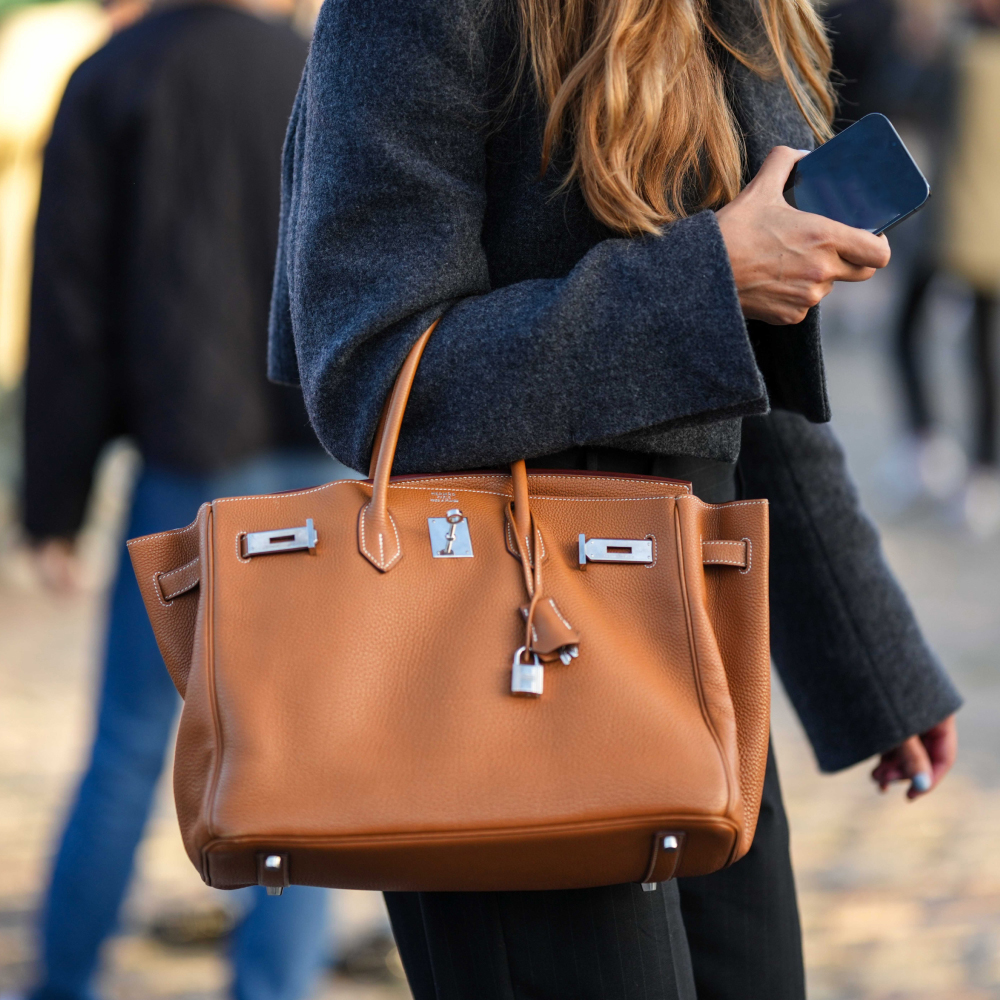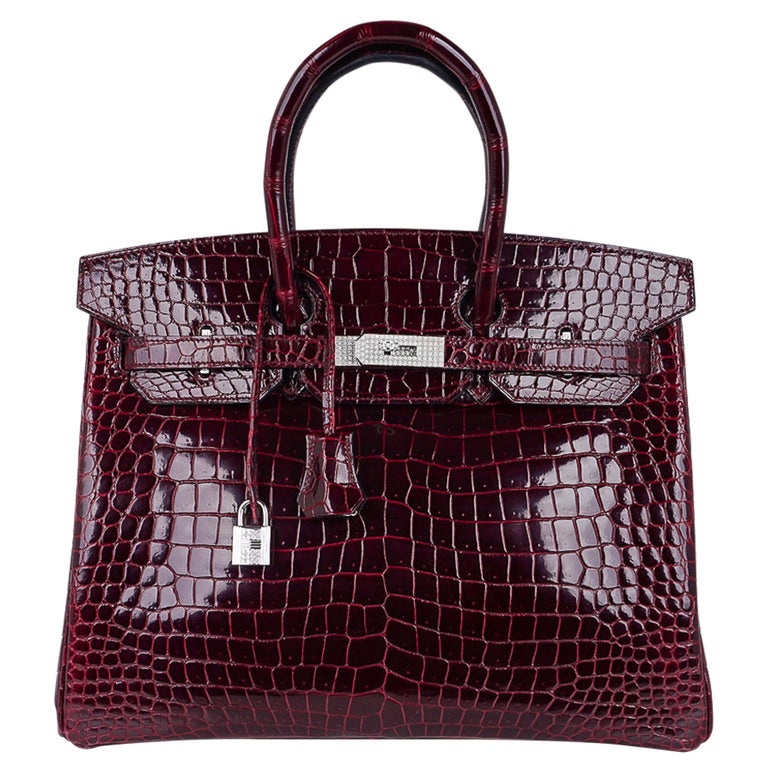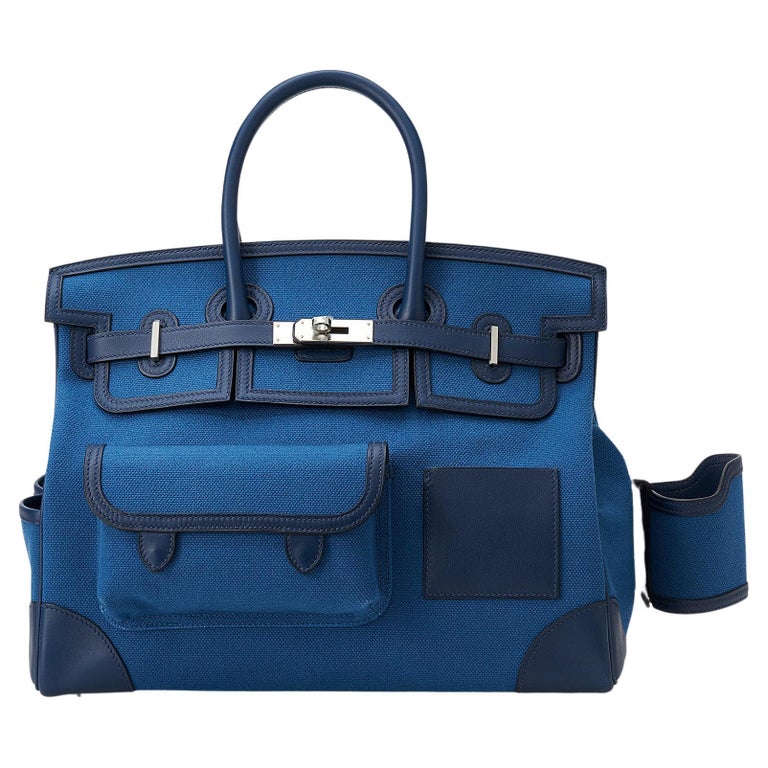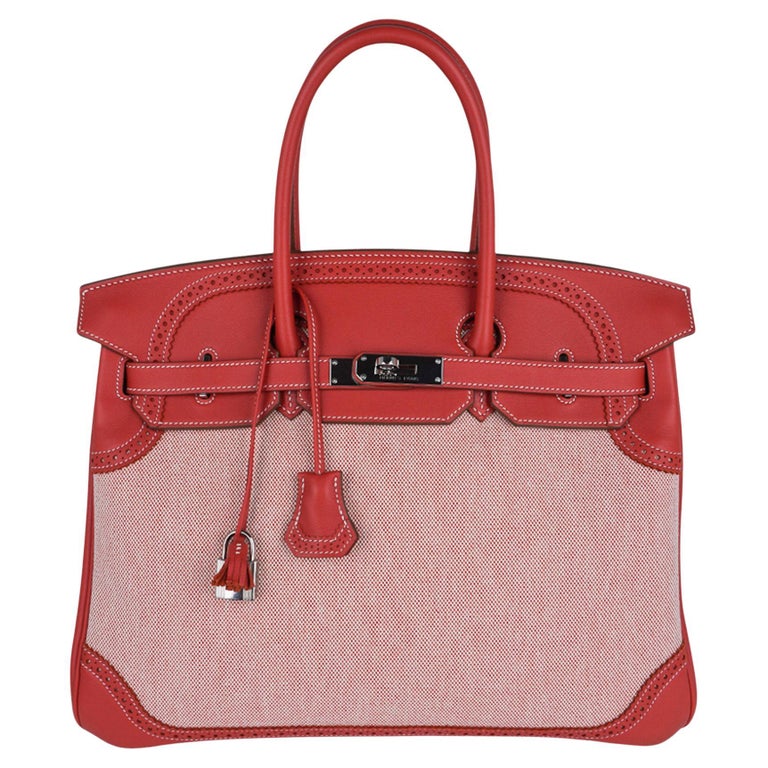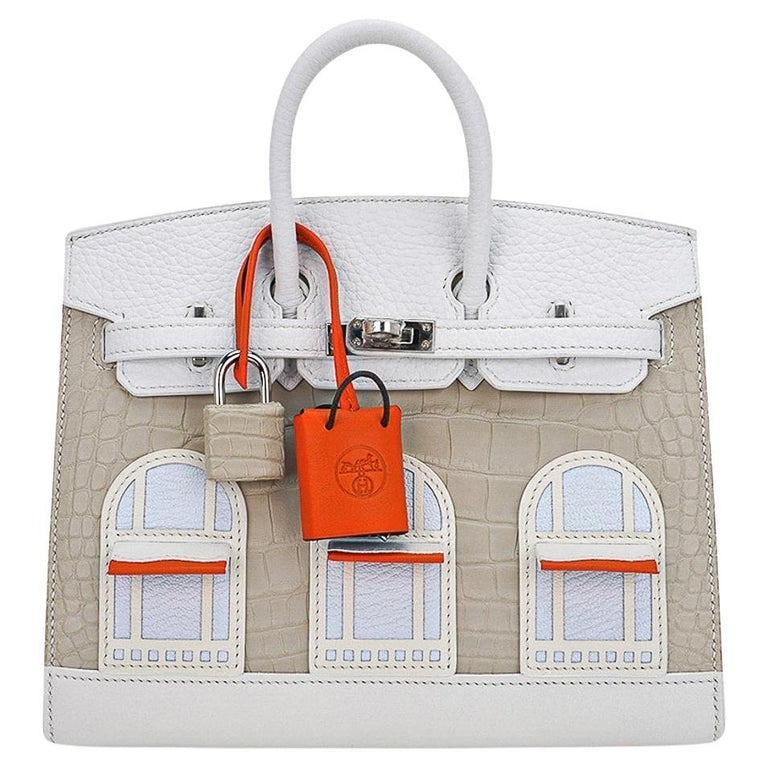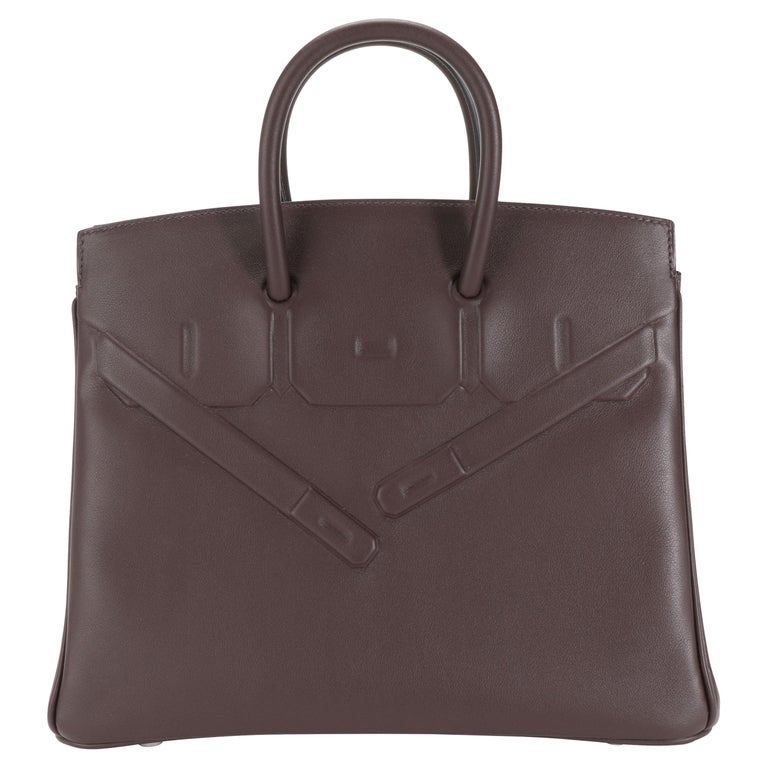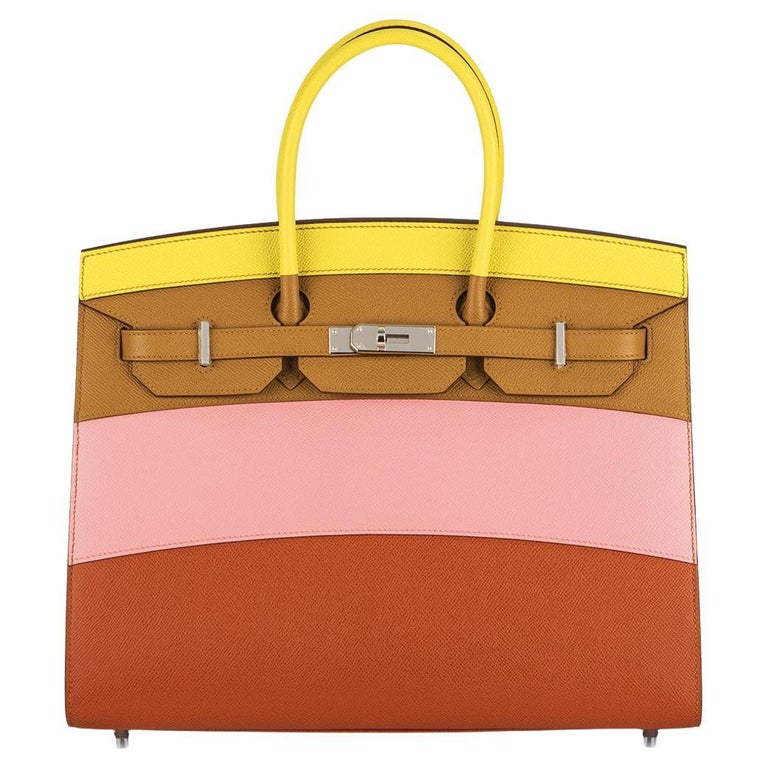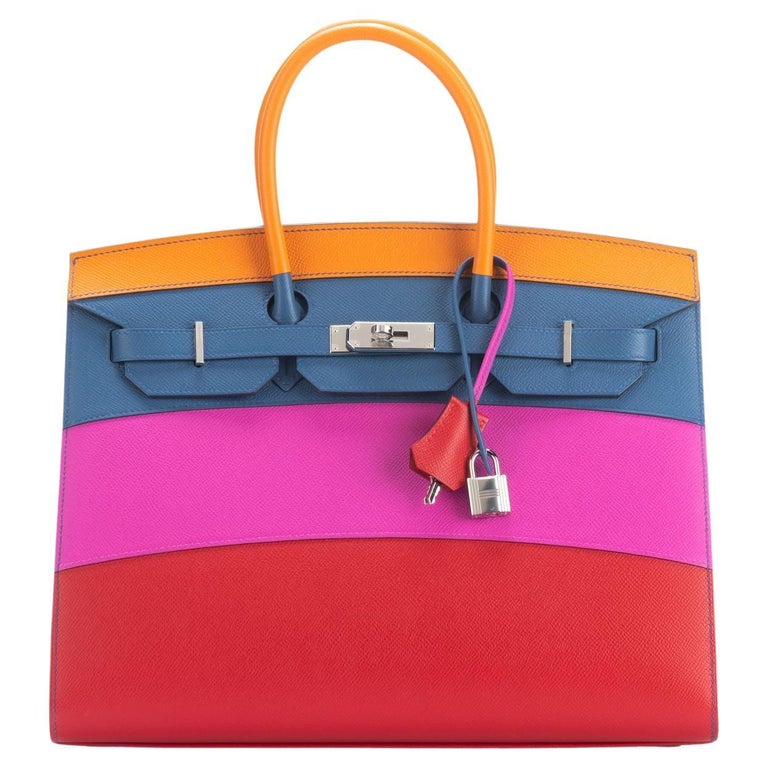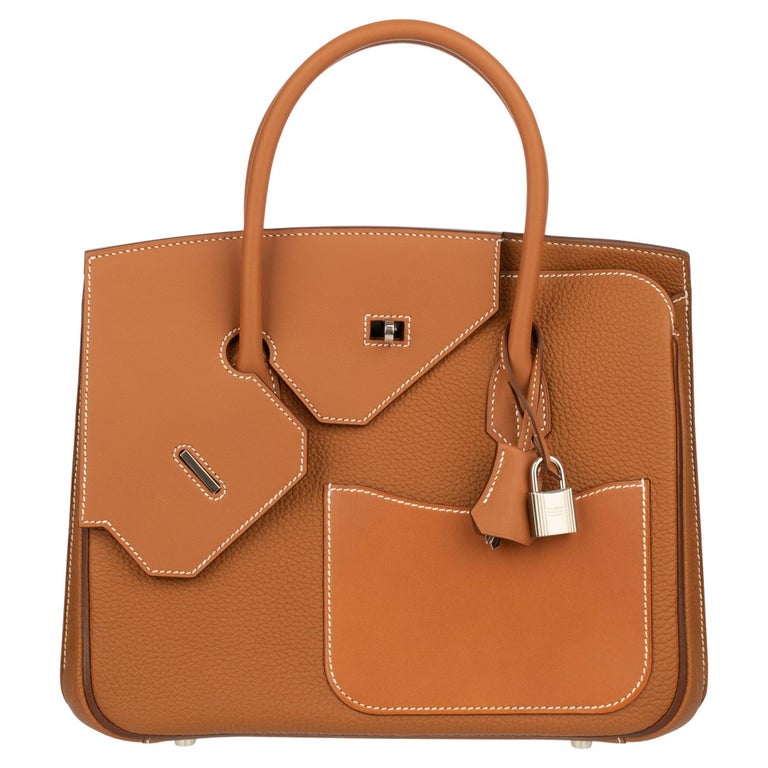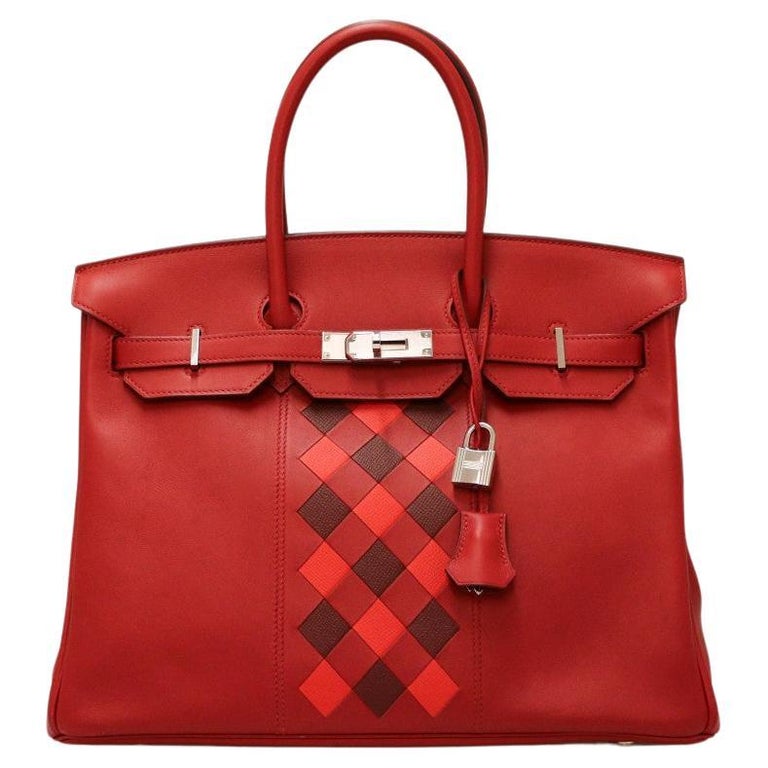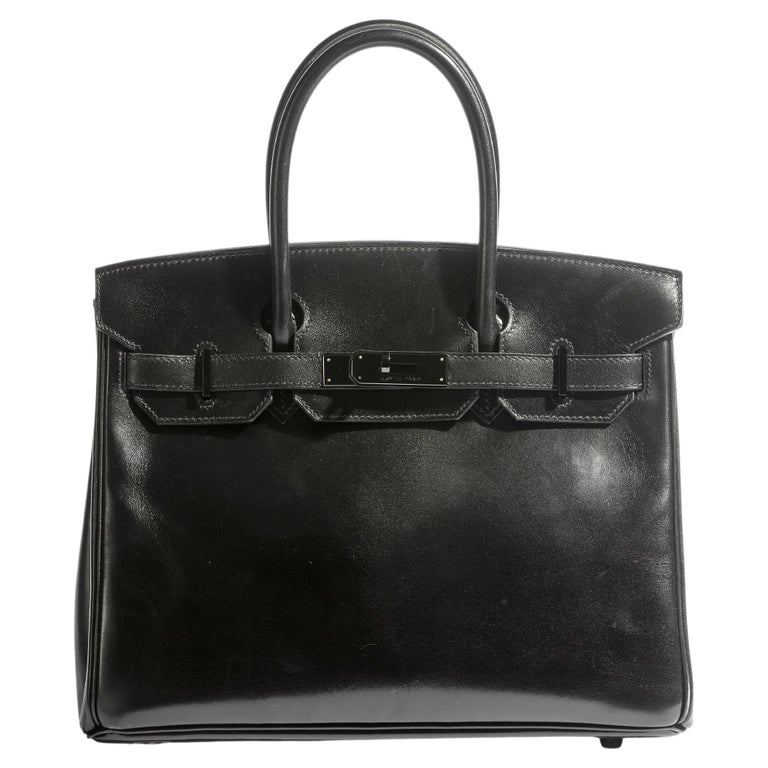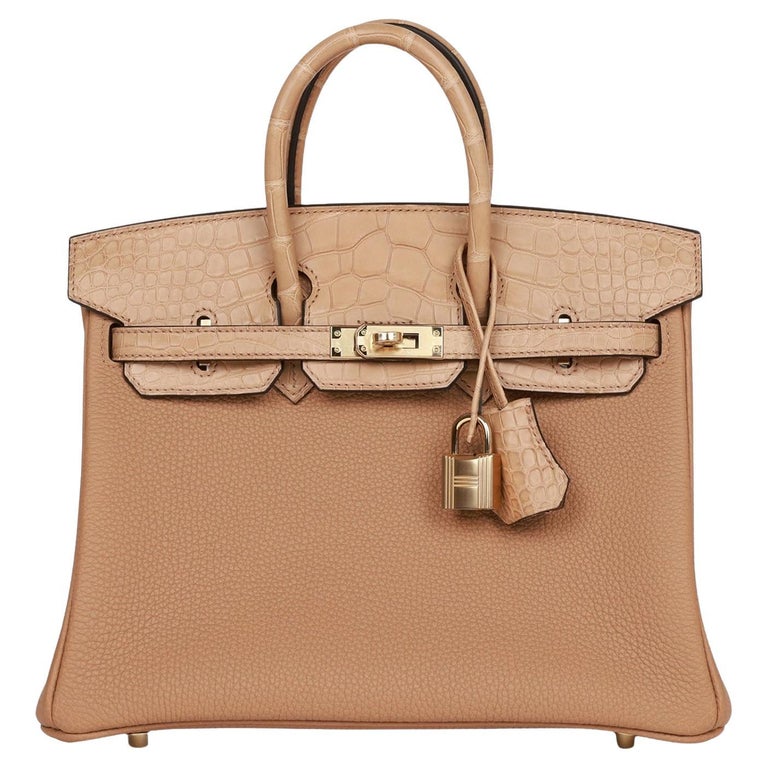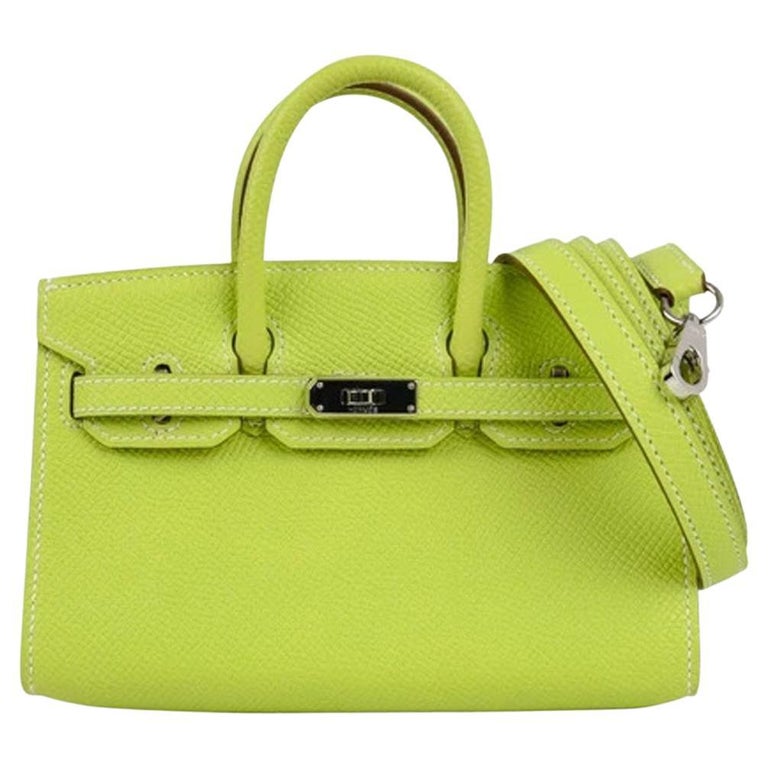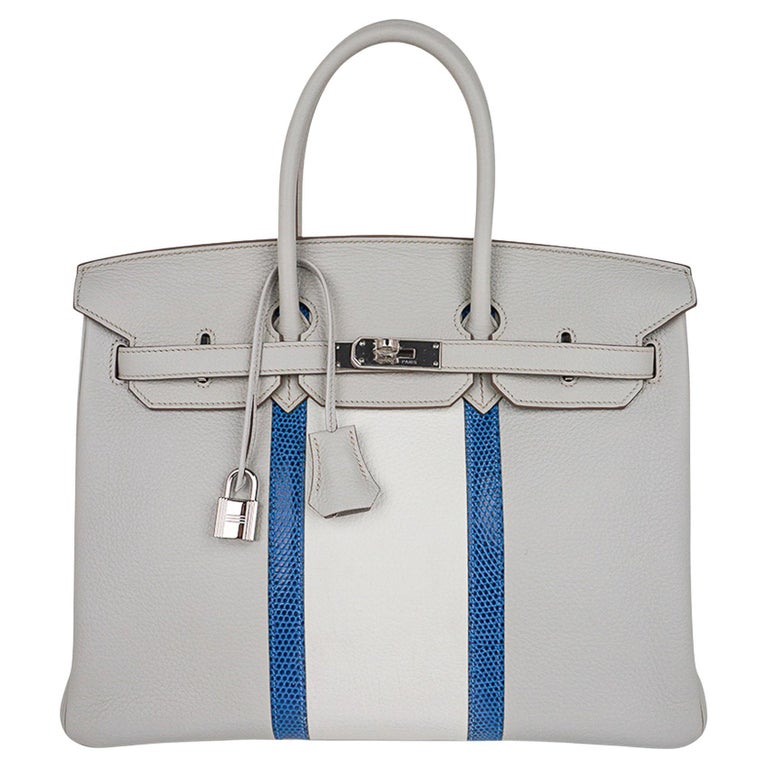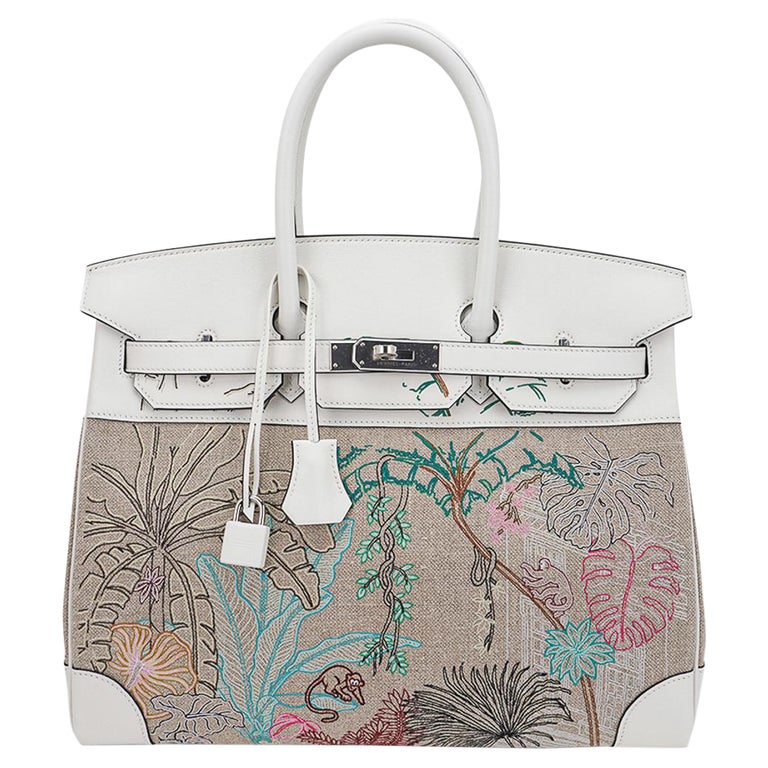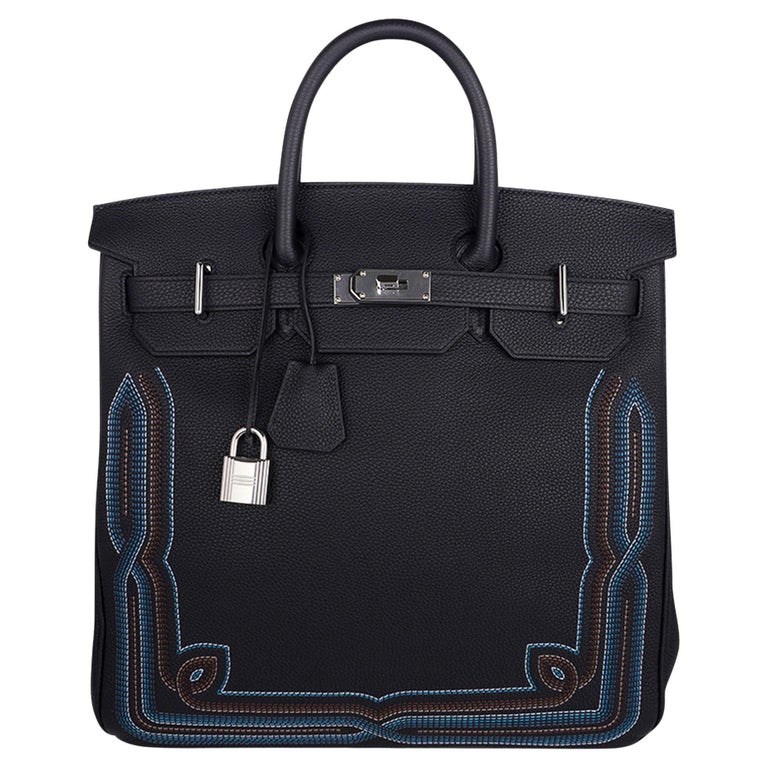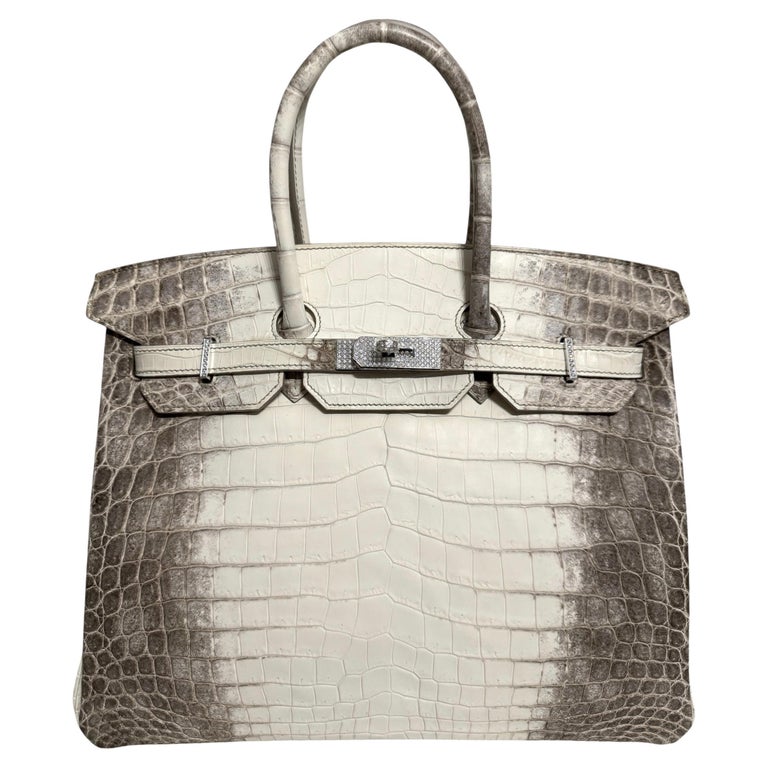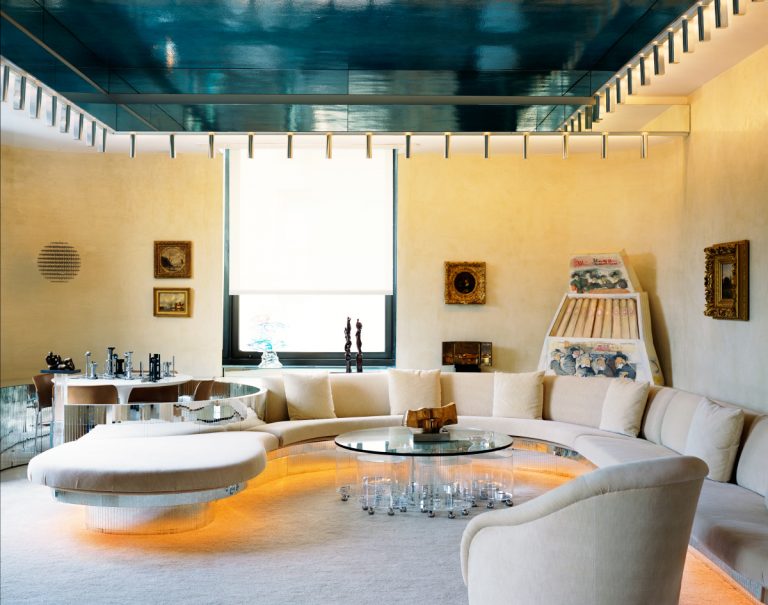September 22, 2024I want to be a Birkin. The legendary Hermès bag turns 40 this year, and it is growing ever more desirable with time. It must be its genes. After all, the Birkin bag is the literal product of a chance meeting on a Paris-to-London flight in 1980 between Jean-Louis Dumas, then CEO of luxury super-brand Hermès, and Jane Birkin, the rebellious chanteuse. The pair famously brainstormed carry-on bag designs after the contents of her signature bag at the time — a straw basket — spilled out on the floor. In 1984, the first Hermès Birkin bag hit the market: Corporate savvy meets bohemian beauty. What could be more romantic? No wonder their offspring is a 20th-century original on its way to achieving immortality.
But first, a little Hermès history. The vaunted family brand was founded in 1837 by saddlemaker Thierry Hermès and, over the years, has expanded its offerings into (non-equestrian) leather goods, jewelry, watches, silk scarves and men’s and women’s ready-to-wear fashion. Throughout its rise, Hermès has remained a family-majority-owned and -run business, masterfully maintaining its reputation for high-quality goods — not to mention its mystique.
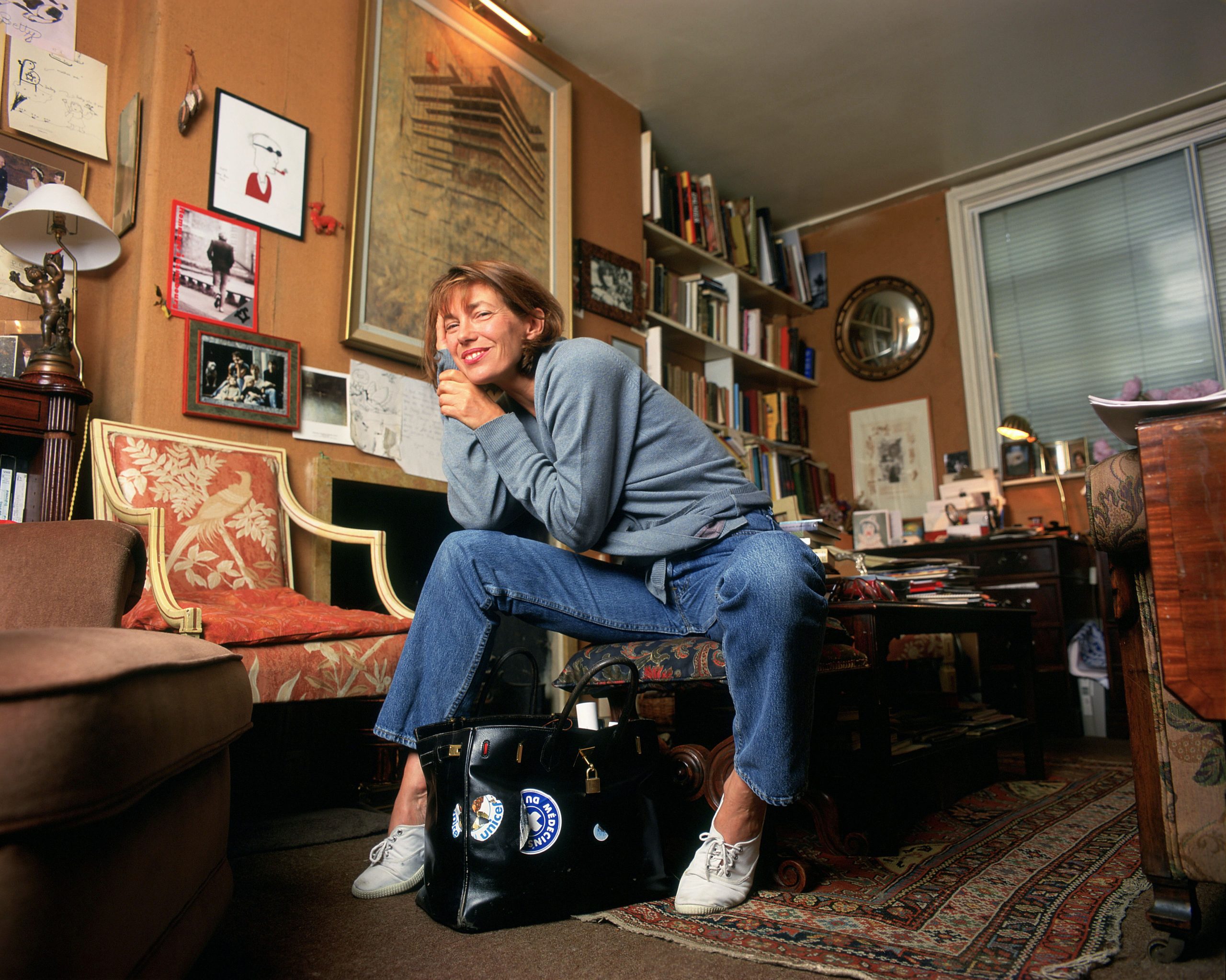
The second-most-famous Hermès bag is the Kelly. Its name was originally a sobriquet bestowed on the brand’s Sac à Dépêches after Princess Grace of Monaco (formerly the film star Grace Kelly) was photographed using one to cover her pregnancy. The photo went viral, before going viral was even a thing, and thenceforth the Kelly bag was synonymous with the glamour days of the French Riviera in the mid-1950s.
Maternity also played a part in the Birkin’s conception. Jane Birkin was a new mother at the time, and Dumas’s original sketch included a spot for her baby’s bottles. The generously sized rectangular leather bag with saddle stitching, two handles, a flap and a metallic closure embodied classic design tenets with its functionality and simple beauty.
By the mid-’90s, Jane’s Birkin had superseded Grace’s Kelly as the most sought-after Hermès design. Its status was cemented by an episode of HBO’s Sex and the City in which a desperate Samantha “purloined” one from the Hermès Madison Avenue store (evading what she was told was a five-year wait-list) by pretending it was for actress Lucy Liu. As the salesperson tells her, “It’s not a bag, it’s a Birkin.”
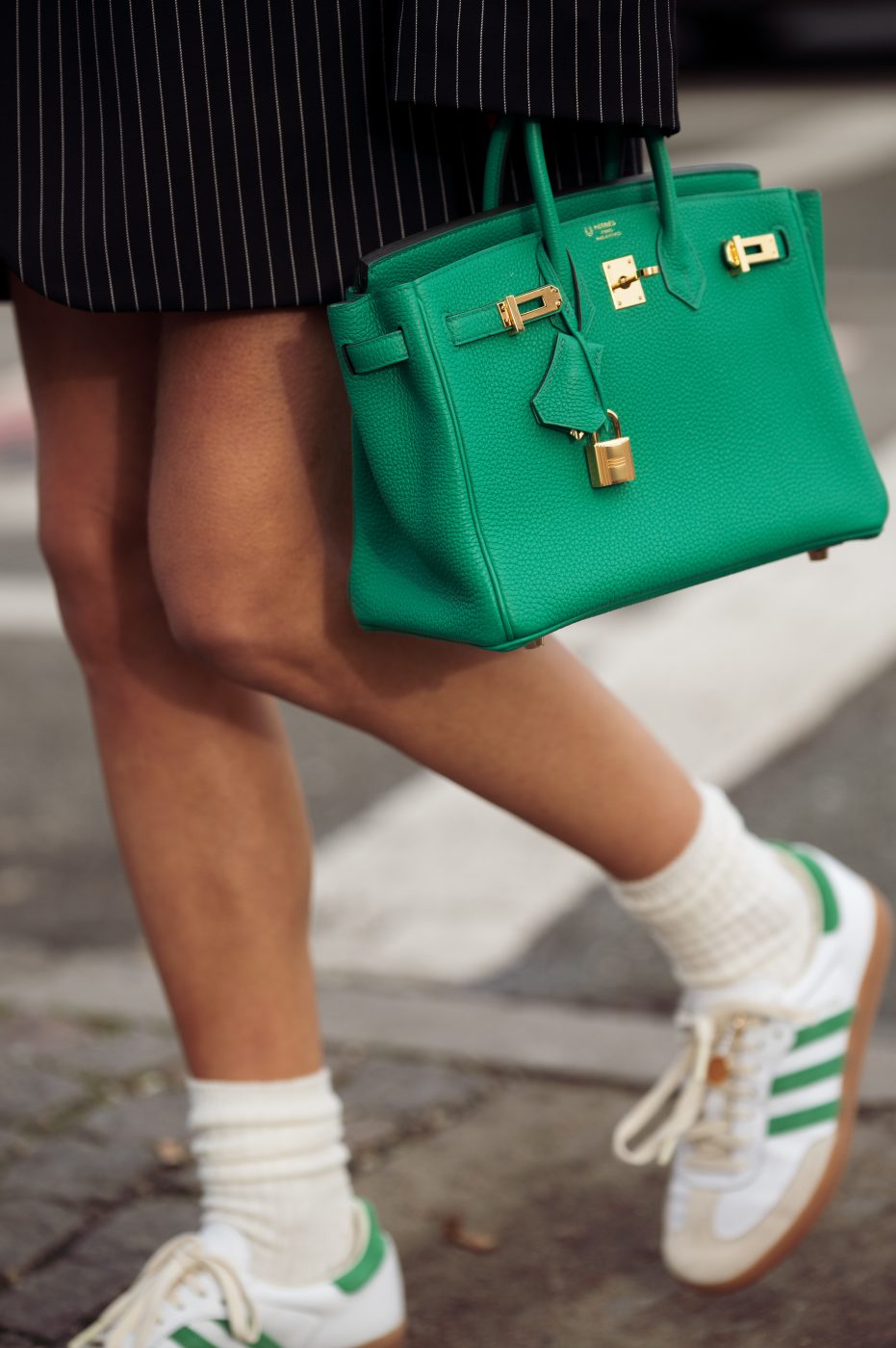
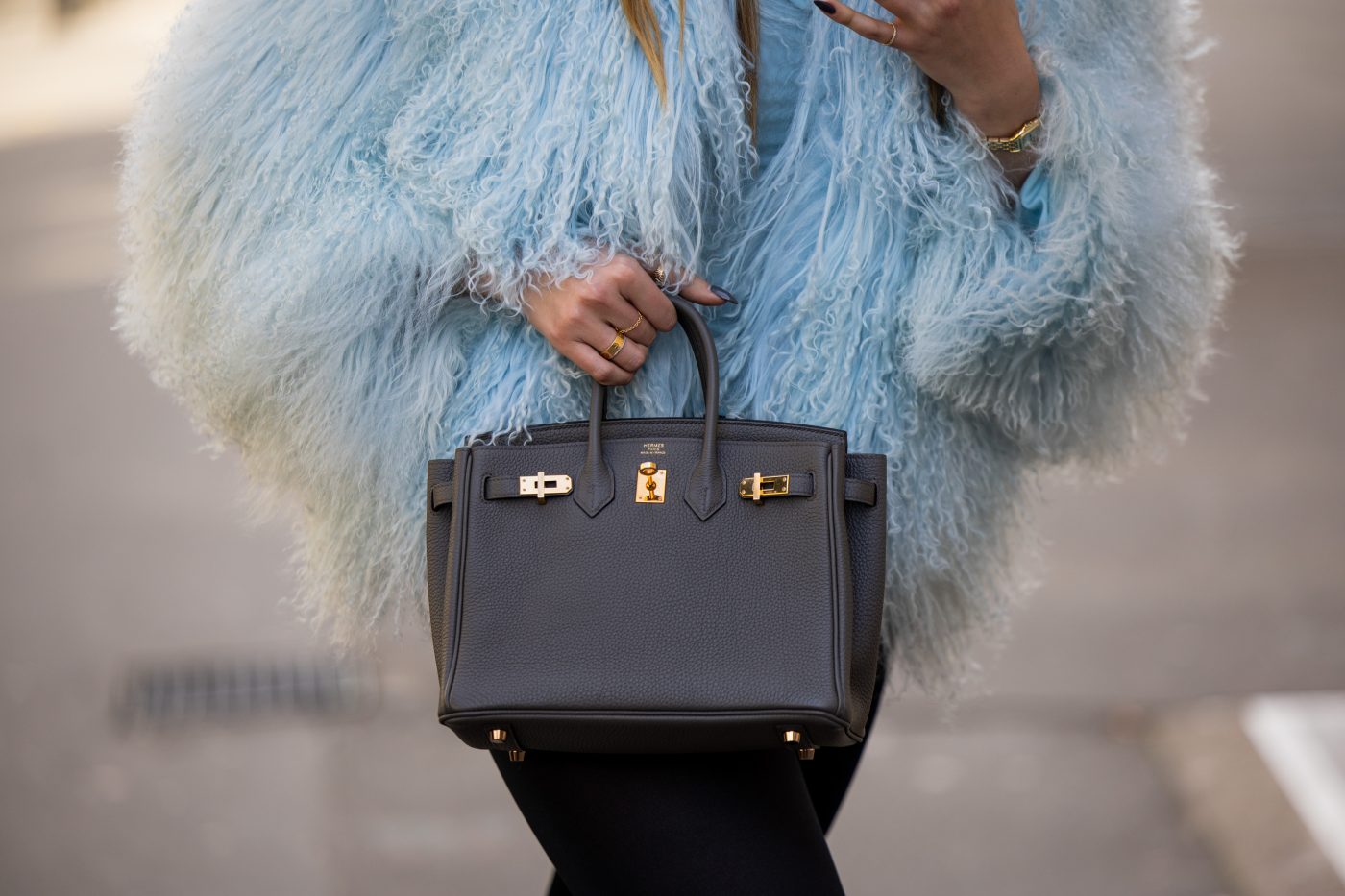
The influence of the stylish clothes and accessories of Sex and the City cannot be overestimated. The show’s legendary costume designer, Patricia Field, boldly mixed vintage with contemporary to define strong individual characters. Birkins epitomized all that was young, modern and sexy, in contrast to Kellys, which emanated mature sophistication.
The wait-list that Samantha refused to join began in the affluent ’80s because of the Hermès marketing strategy of a controlled drip, drip, drip release of new bags to its stores. This clever commercial torture raised purchasing desire to unforeseen heights, with equally unforeseen consequences. Well-heeled consumers were kept salivating, becoming more and more desperate to own a Birkin. Stealthily, in the background, a parallel secondary market took root and grew — one that I helped nurture as a luxury vintage fashion expert.
I’m the founding fashion curator at 1stDibs, but before that, I was the fashion director at Doyle Auctions (then called Doyle New York) on the Upper East Side. The Hermès Birkin secondary market debuted in late 2004 when prospective consignors, a well-dressed elderly couple, walked into Doyle carrying a few nondescript totes. Inside these were 11 immaculate contemporary Hermès handbags — a first for Doyle, and for me.

At the time, Hermès bags were seldom offered on the nascent secondary market for luxury fashion. One reason was that they were not deemed antique or vintage, which were considered key determinants of value. The older an item, the rarer it was and the more it was desired, the higher its price. An aspiring collector might, if fortunate, find a Kelly offered at auction, hopefully not too battered from use by its affluent post–World War II owners. (Yes, back then, Hermès bags were actually used — not just stored in a temperature-controlled bespoke closet like so many Birkins today!)
Collectors of vintage fashion were few and far between, a select group that operated on the margins because “used” clothing and accessories were not to be discussed at a respectable dinner table, too outré. Wearers were deemed eccentric bohemians (in the Jane Birkin mold, if lucky), but those of us in the secondhand-fashion business courted these style addicts searching for individuality. We knew we were on the cusp of a resale market with serious financial potential. (As for selling one-offs online, that seemed impossible, but early entrants into the web-based resale market like 1stDibs foresaw a day when one of a kinds would be the summit of consumer desire.)

In the mid-aughts, rare one-off couture designs with a proved provenance reigned supreme at the occasional fashion auction, purchased for the most part by institutions with historical fashion collections, like the Metropolitan Museum, in New York. Apart from a few fashion houses, such as Chanel and Dior, designer labels did not keep archives and thus did not enhance the valuation of their own old designs. There was no mainstream designer-fashion resale, online or off. Contemporary fashion was fast — and disposable. Terms like circular, sustainable, green and pre-loved did not exist, only antique (more than 100 years old at any given date), vintage (not new but less than 100 years old) and the then-negatively loaded secondhand.
One of the Hermès bags offered by Doyle in 2005 was an extraordinary 2002 black crocodile Birkin with each of its 14-karat white-gold closure plates covered in 174 pavé diamonds, with an additional 310 on its H lock. After verifying that the owner had added the stones after market and that the gem certificates were valid, Doyle estimated the bag at between $25,000 and $30,000, representing the sum of the market value of the stones plus the slightly discounted selling price of a new crocodile Birkin. No design like that had come to auction before, so the bidders would assign the bag’s “true” market value, and these bidders would be new to Doyle — not the traditional antique-fashion buyers in the auction house’s client records.
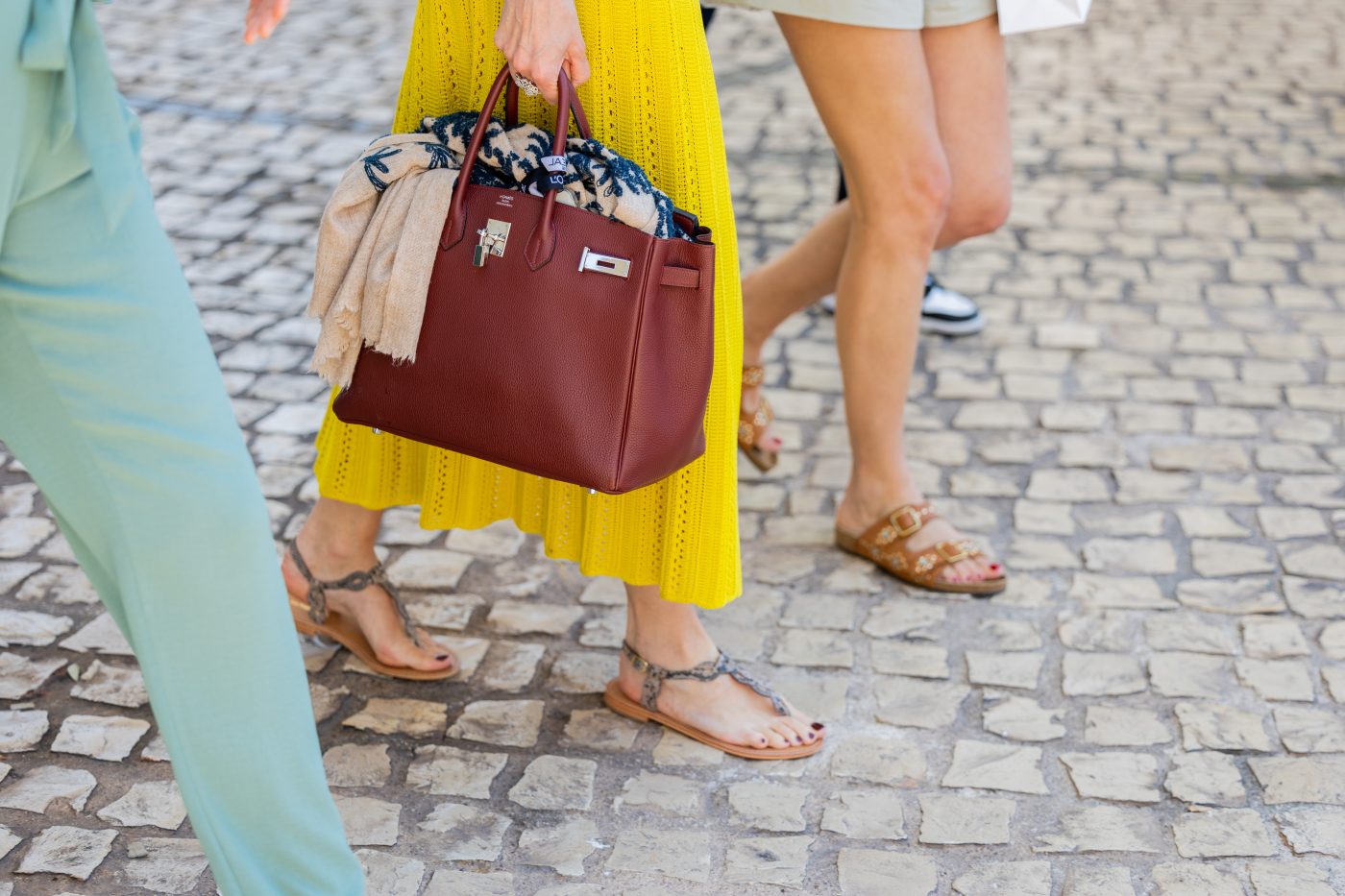
We (the consignor, I and the rest of the Doyle team), watched with bated breath as bids kept going higher and higher. The three-year-old Birkin went for an astounding $65,800 in the April 2005 auction (the equivalent of more than $106,000 today) to a private American collector. Not only did this set an auction record, but it also bestowed respectability on the fledgling category of contemporary resale. What’s more, Hermès began openly offering bespoke bejeweled hardware on its bags. And to think that the original 1984 Birkin, albeit in humble black leather, cost just $2,000. A similar version would cost more than $12,000 today.
Over the course of her life, Jane Birkin, who died in 2023, was given five Birkin bags by Hermès, which she eventually auctioned for charity. The last one was auctioned in London in 2021, raising approximately $157,000. Her first bag was recently on view at the V&A in London. Bruised and used, it was clearly treated as she treated that overflowing straw basket. A practical yet beautiful survivor of a beautiful bohemian, it evokes immortality. The irony is that Jane Birkin might not have been able to afford her namesake bag today. But it has become an international icon, just like her.
